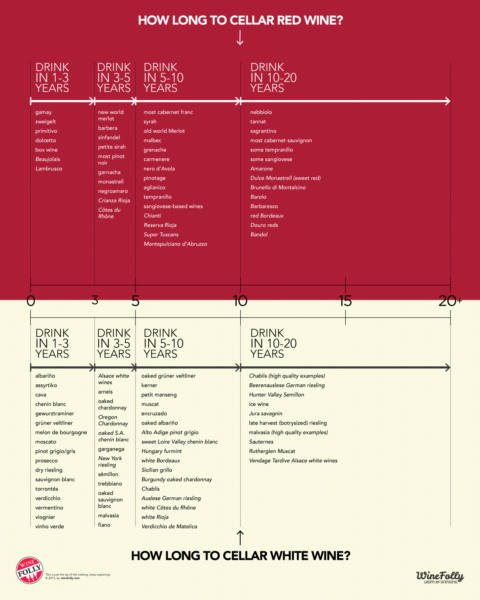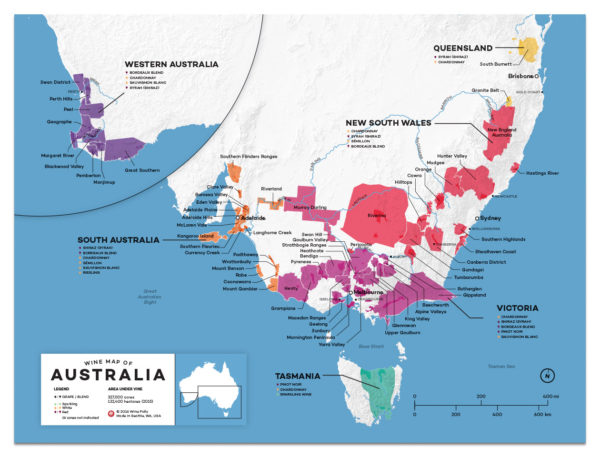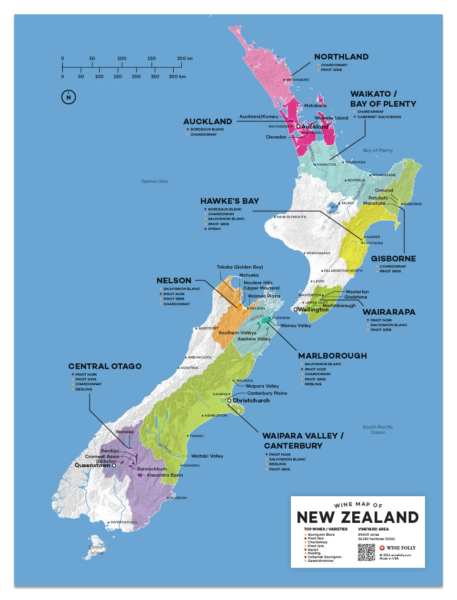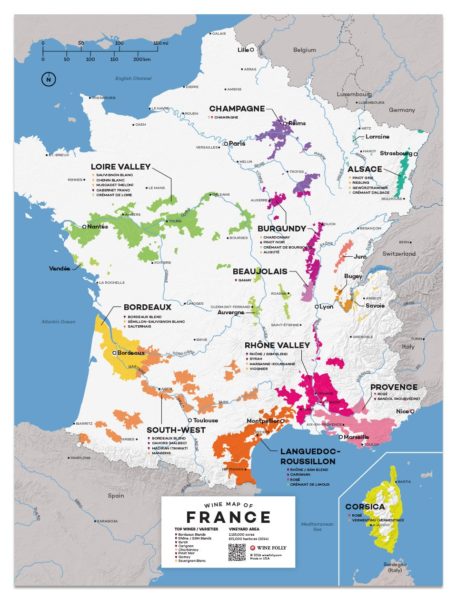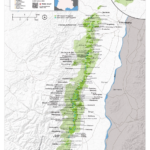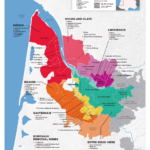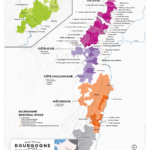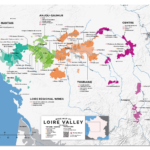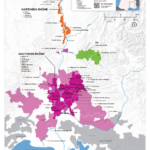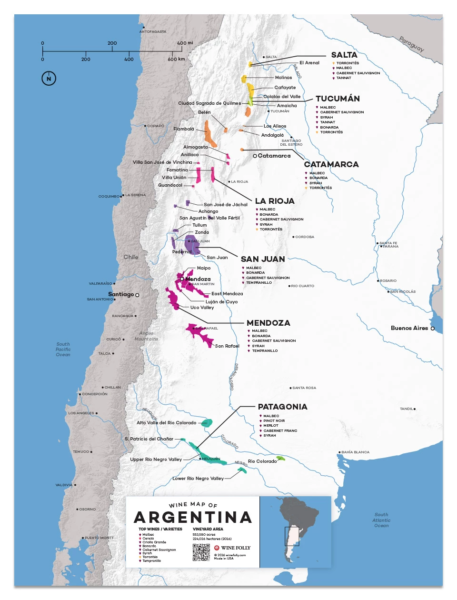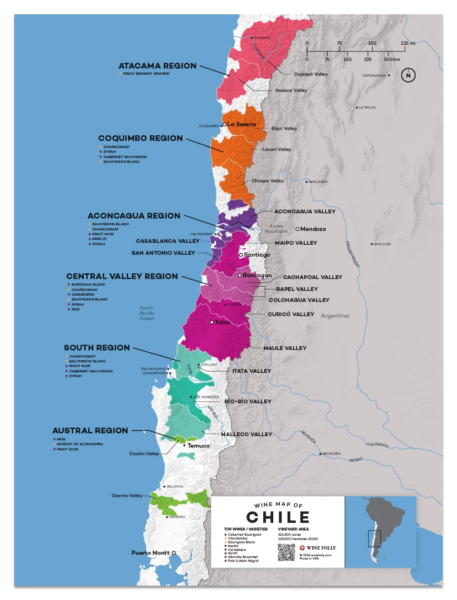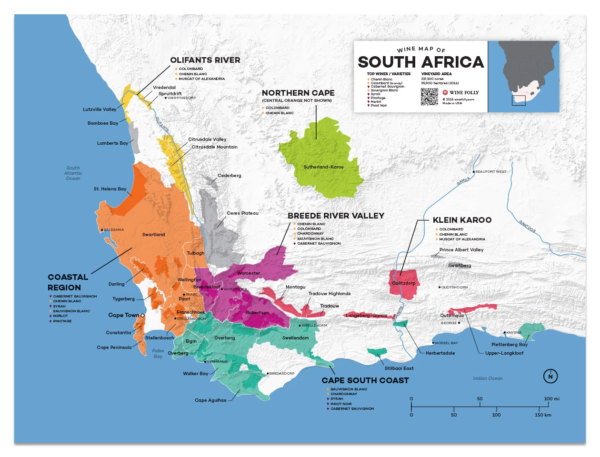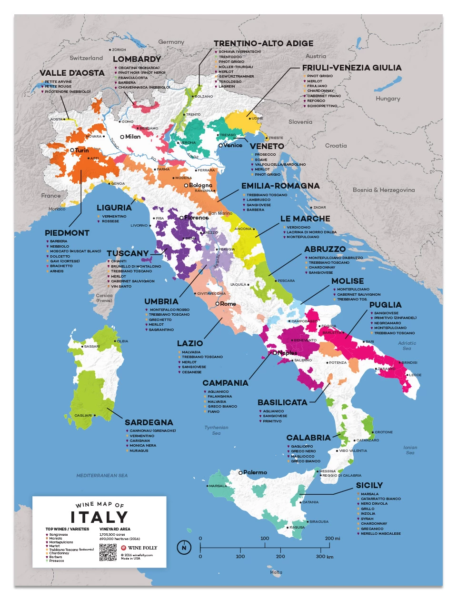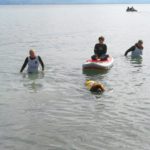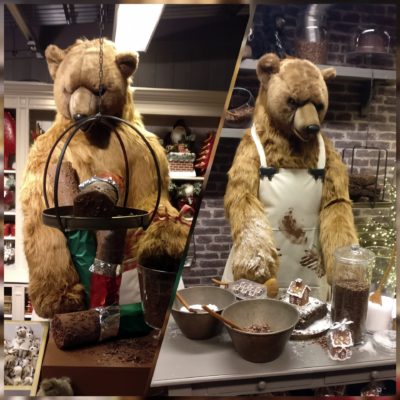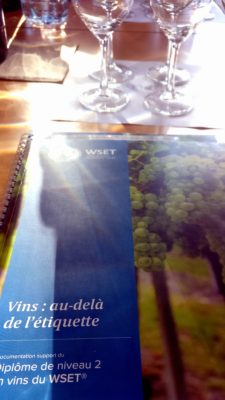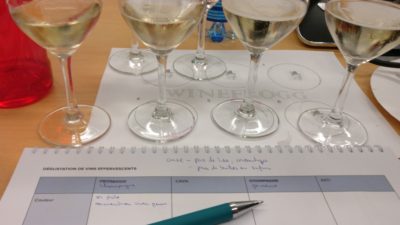Italy
Italy had a string of highly consistent vintages from 2012–2016 so now is a great time to look for Italian Cabernet, Syrah, and Merlot-based wines. You can also do really well with the bolder indigenous reds including Barbera, Primitivo, Nero d’Avola, Nebbiolo, and Montepulciano. You’ll find great red fruit and cocoa flavors from the red wines of Valpolicella, and the Merlot-based blends from Veneto. Also look for Sforzato, which is essentially a Nebbiolo made in the style of Amarone della Valpolicella.
Argentina
There have been several off-vintages in Argentina, so you’ll want to pick your Mendoza Malbec, Syrah, and Cabernet Sauvignon with care. Basically, 2013 was an outstanding vintage and we recommend you stock up on it while you can.
South Africa
Syrah, Cabernet Sauvignon, and Pinotage: look for the 2015, 2014, 2012, and 2010 vintages and regions like Stellenbosch, Paarl, and Swartland.
Spain
The 2015, 2012, and 2010 vintages are making out to be Northern Spain’s best vintages in the last 5 years. Tempranillo, Mencía, and Garnacha are the grape varieties that you need to try in this category.
Australia
The trend in the last 5 years has been towards more elegance in wine but you’ll still see inky depths from the 2012–2016 vintages in Shiraz, GSM blends, Cabernet Sauvignon, and Merlot from both South Australia and Western Australia. Look for wines from Barossa or McLaren and the single-estate Nebbiolo from Yarra Valley.
Germany
Germany is queen bee in the aromatic wine category since Riesling is the country’s star grape variety. 2015 was a crazy, exceptional year and believe me when I tell you that you want these wines (some for now and others for cellaring). For Riesling: Spätlese wines are rich and usually sweeter than Kabinett, although if you see “Trocken” on the bottle you can assume it’s in a dry style with higher alcohol. Auslese Meaning “select harvest”, Auslese is even sweeter, where the grapes are hand-selected and have noble rot. Wines are sweeter or bold and high alcohol when labeled “Trocken.”
Hungary
Furmint, the grape traditionally reserved for Tokaji is also being produced in a dry style from the region. The wine is like a fine Riesling with similar levels of acidity, but a bit more structure and body. For Hungarian wine, 2015 is a winner.

